Introduction: Lamborghini’s Unmatched Influence and Cultural Impact
Lamborghini is more than just a manufacturer of high-performance supercars—it is a cultural icon. The brand, known for its bold designs, ear-splitting engine notes, and blistering performance, has become synonymous with luxury, exclusivity, and innovation. Established in 1963 by Ferruccio Lamborghini, the company has not only revolutionized the automotive industry with its extraordinary machines but has also crafted an identity that blends Italian craftsmanship, speed, and status. From the Miura to the latest Aventador and Sián, Lamborghini has pushed boundaries in both automotive engineering and popular culture, inspiring legions of fans, collectors, and car enthusiasts worldwide.
But Lamborghini’s influence extends far beyond the cars it produces. It has significantly impacted automotive culture, shaping the perceptions of what luxury and performance mean in the world of cars. The brand has become a standard-bearer for exclusivity, innovation, and luxury performance. Whether seen on the streets of Beverly Hills or the racetracks of Monaco, Lamborghini has consistently defined what it means to drive a true supercar.
In this article, we will explore how Lamborghini has shaped the luxury automotive industry and car culture. We will look at its design philosophies, engineering achievements, and its impact on both the performance car market and the broader cultural landscape. From its legendary racing heritage to its embrace of modern technologies like hybrid powertrains, Lamborghini’s influence continues to reverberate in the automotive world.
1. Lamborghini’s Early Years: Defying Ferrari and Creating a New Vision
Ferruccio Lamborghini’s Vision: The Birth of a Rival
The story of Lamborghini’s influence begins with its founder, Ferruccio Lamborghini. A successful industrialist who made his fortune manufacturing agricultural machinery, Ferruccio was also a passionate car enthusiast. His involvement with automobiles began when he purchased a Ferrari 250 GT. However, Ferruccio’s relationship with Ferrari soured when he became frustrated with the performance of his car, particularly the clutch. His complaint to Enzo Ferrari, the founder of Ferrari, is legendary: Ferrari’s dismissive response—suggesting Lamborghini was just a tractor manufacturer and shouldn’t be criticizing a Ferrari—spurred him to create his own high-performance car company.
In 1963, Ferruccio Lamborghini founded Automobili Lamborghini in Sant’Agata Bolognese, Italy, with the goal of producing cars that could rival Ferrari in both engineering and performance. The decision to build his own line of sports cars wasn’t just an entrepreneurial venture—it was a rebellion against the established automotive norms. Lamborghini’s approach to car manufacturing was one of luxury, comfort, and style, with a sharp focus on engineering excellence.
The Miura, introduced in 1966, is widely considered Lamborghini’s first true supercar and a game-changer for the automotive industry. Its mid-mounted V12 engine, sleek design by Marcello Gandini, and blistering performance immediately set it apart from other vehicles on the market. The Miura marked the birth of the supercar category, a new type of performance car that was about more than just speed—it was about creating a car that was a statement of style, engineering, and exclusivity.
2. Lamborghini’s Design Philosophy: A Focus on Bold, Emotional Aesthetics
Sculptural, Aggressive Designs: The Lamborghini Aesthetic
Lamborghini’s design language is distinct and unmistakable. The company has always embraced a bold, aggressive design ethos that is as focused on aesthetics as it is on aerodynamics and performance. Lamborghini cars are sculptural masterpieces, often viewed as “rolling art,” designed to create an emotional response from both the driver and the onlookers.
The Miura, for instance, wasn’t just about incredible speed—it was about crafting a car that looked fast, even when it was standing still. The Miura’s design, with its smooth, sweeping lines and low-profile stance, was a radical departure from the designs of other sports cars of the era. The scissor doors on later models, such as the Countach and Aventador, became emblematic of Lamborghini’s design philosophy, evoking drama and exclusivity.
The Countach, introduced in 1974, continued this trend with its extreme wedge shape and sharp edges. The scissor doors, a signature feature of Lamborghini, became the subject of fascination and envy in the automotive world. It was a design that could not be ignored, exuding both elegance and brutal power. The Countach became a cultural icon, gracing the walls of teenage bedrooms and posters of racing enthusiasts around the world.
Even today, the Aventador and Huracán continue the tradition of bold design, combining futuristic elements with timeless Lamborghini characteristics. The cars are designed to shock and awe, with aggressive front grilles, angular lines, and sleek, aerodynamic shapes that promise blistering performance on the road. Each new model builds upon the brand’s design legacy, creating a perfect blend of form and function.
Performance-Driven Design: More Than Just Looks
Lamborghini’s design philosophy isn’t just about making cars look striking—it’s also about enhancing performance. The aggressive lines and aerodynamic shapes are engineered for speed, stability, and control. Lamborghini cars feature sophisticated active aerodynamics, including adjustable rear wings, diffusers, and spoilers, all designed to maximize downforce and reduce drag. The Huracán EVO and Aventador S models use dynamic aerodynamics to adjust airflow based on driving conditions, ensuring optimal performance whether on the track or the open road.
The carbon fiber used in Lamborghini cars not only makes them visually striking but also reduces weight, improving both handling and acceleration. This blend of high-performance design with emotional appeal has made Lamborghini cars highly desirable to collectors, enthusiasts, and high-end consumers alike.
3. Lamborghini in Car Culture: A Symbol of Status and Exclusion
The Lamborghini Lifestyle: Symbolizing Luxury and Wealth
Owning a Lamborghini has become synonymous with being part of an exclusive club. Lamborghini cars are symbols of success, luxury, and ultimate status. From their screaming exhaust notes to their high price tags, Lamborghini cars signal that their owner has reached the pinnacle of wealth and taste.
This cultural association has only grown over the years. Whether it’s a countless number of A-list celebrities (such as Jay Leno, Floyd Mayweather, or Cristiano Ronaldo) or affluent individuals in financial capitals like Dubai, Los Angeles, or Monaco, Lamborghini cars are a mainstay among the ultra-wealthy. The Lamborghini brand has become a status symbol, with enthusiasts and owners often being just as focused on the image of owning the car as they are on the car’s raw performance.
The cultural cachet of Lamborghini has extended well beyond traditional car enthusiasts. The brand has penetrated the world of hip-hop, fashion, and luxury lifestyle, where owning a Lamborghini is a frequent topic in music, movies, and social media. Artists like Drake, Kanye West, and Rick Ross have featured Lamborghini in their music videos, reinforcing its image as a symbol of luxury, power, and exclusive taste.
A Dream Car for Generations: The Lamborghini Mythos
For car enthusiasts, Lamborghini represents the dream car—the car that was out of reach but always coveted. Growing up, many children had posters of Lamborghini cars on their walls, dreaming of the day they could own one. The brand has built an emotional connection with its fans, who often see owning a Lamborghini not just as a financial milestone, but as the culmination of years of admiration and desire.
Through marketing campaigns, Lamborghini has effectively created a mythos around its vehicles. The cars are not just machines—they are living legends. With every new model, Lamborghini has managed to captivate the imagination of car enthusiasts worldwide. The Aventador and Huracán are often featured in video games, movies, and TV shows, reinforcing their image as dream machines that represent the ultimate driving experience.
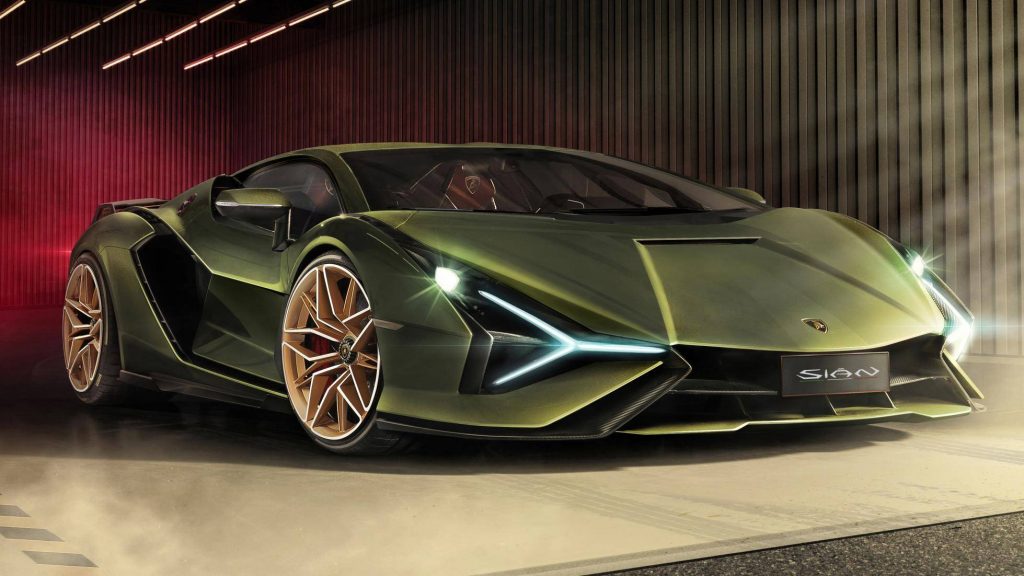
4. Lamborghini’s Impact on the Performance and Supercar Industry
Setting the Bar for Performance
Lamborghini’s influence on the supercar industry is undeniable. From its early models like the Miura to the present-day Aventador and Huracán, Lamborghini has consistently set new benchmarks in terms of performance, design, and engineering innovation.
The Miura set the stage for the mid-engine supercar, a configuration that is now standard in most performance cars. The Countach and Diablo raised the bar for speed, handling, and technological advancements. In the modern era, Lamborghini’s Aventador continues to push the envelope, with its V12 engine, advanced suspension, and cutting-edge technology.
The brand’s commitment to speed and handling is matched by its pursuit of design excellence. Lamborghini has pioneered some of the most iconic styling elements in the automotive world, including the scissor doors and
aggressive front facias that have become synonymous with luxury performance cars. Other brands often look to Lamborghini for inspiration, and the company has been instrumental in shaping the aesthetics of modern supercars.
Lamborghini has also embraced hybridization and sustainability. The Sián FKP 37 marks the brand’s first foray into hybrid technology, pairing a V12 engine with a 48-volt electric motor. This move not only reflects the growing demand for environmentally conscious supercars, but also signals that Lamborghini is prepared to embrace the future of performance cars.
Lamborghini’s Role in Motorsports
Although Lamborghini is primarily known for its road-going supercars, the brand has had a significant influence on motorsports. Lamborghini’s Squadra Corse motorsport division produces race cars that compete in events like the Super Trofeo series. The brand’s involvement in motorsports helps refine its engineering and technology, which is then transferred to its road cars.
Motorsports also contribute to Lamborghini’s performance heritage, reinforcing its reputation as a company that builds cars capable of achieving excellence on the track as well as on the street.
5. Lamborghini’s Future: Continuing the Legacy of Innovation and Influence
As Lamborghini moves into the future, the brand’s influence on luxury cars and automotive culture shows no signs of slowing down. The company has begun to embrace electrification, with plans for more hybrid and electric supercars, while maintaining its commitment to raw performance and emotional driving experiences.
With the release of hybrid models like the Sián and plans for fully electric vehicles, Lamborghini is positioning itself at the forefront of automotive innovation, proving that it can continue to evolve while remaining true to its roots of performance, luxury, and exclusivity.
At the same time, Lamborghini will continue to be a symbol of status, style, and luxury for future generations of car enthusiasts. The brand’s legacy is deeply ingrained in automotive culture, and its influence will likely remain one of the most powerful forces in the luxury sports car market for decades to come.
Conclusion: Lamborghini’s Enduring Impact
Lamborghini has not only created some of the world’s most powerful and beautiful cars but has also become a cultural force in its own right. Its impact on the luxury automotive industry and car culture is profound, with the brand’s bold designs, screaming engines, and uncompromising performance making it a true icon.
From shaping the design language of modern supercars to becoming the ultimate symbol of wealth and exclusivity, Lamborghini has set the standard for what a supercar should be. As the company embraces new technologies and innovations, its cultural influence will only grow stronger, cementing its place in automotive history as a benchmark of performance, luxury, and style.




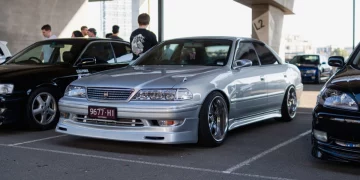

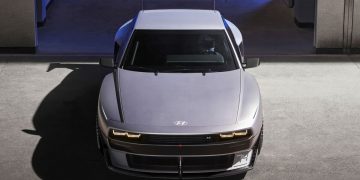

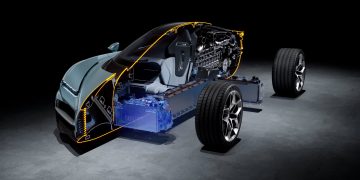





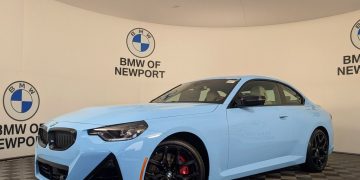



















Discussion about this post